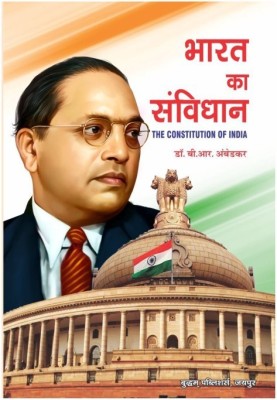

G.O.A.T Sale ends in17 hrs : 19 mins : 10 secs
Website management: Web server, Content management system, Web hosting service, WordPress, Web content lifecycle, Web content management system (English, Paperback, LLC Books, LLC Books, Source Wikipedia)
Price: Not Available
Currently Unavailable
Highlights
- Language: English
- Binding: Paperback
- Publisher: Books LLC, Wiki Series
- ISBN: 9781155946504, 1155946502
- Edition: 2010
- Pages: 174
Description
Please note that the content of this book primarily consists of articles available from Wikipedia or other free sources online. Pages: 39. Chapters: Web server, Content management system, Web hosting service, WordPress, Web content lifecycle, Web content management system, Heritage Internet Technologies, MachPanel, Plesk, Tiki Wiki CMS Groupware, Website governance, Habari, DotCMS, Phire CMS, Content inventory, CPanel, Web document, Big Medium, Overselling, Chief web officer, Refinery CMS, H-Sphere, Webnode, GX WebManager Community Edition, Django-cms, Xaraya, Aiki Framework, Pluck, Wolf CMS, AdaptCMS, Webmaster, Subtext, ISPConfig, BuddyPress, Froxlor, Website Management Outsourcing, GNUPanel, Contegro, LiteDiary, Digital marketing engineer, Covide, Content delivery platform, Zikula, WAMP, Lunarpages, Pushit, IspCP, SysCP, MANOC, Baifox, Enterprise Information System, CcHost, Domisphere, Steven van Leeuwen, MMBase, Siteworx, Moxietype, Web Business Management System, MyCMS, Content managed hosting, Dashboard. Excerpt: WordPress is an open source blog tool and publishing platform powered by PHP and MySQL. It's often customized into a Content Management System (CMS). It has many features including a plug-in architecture and a template system. WordPress is used by over 14% of Alexa Internet's top 1 million websites and is the most popular CMS on the internet according to BuiltWith. It was first released on May 27, 2003, by Matt Mullenweg as a fork of b2/cafelog. As of February 2011, version 3.0 had been downloaded over 32.5 million times. WordPress is currently the most popular CMS in use on the Internet. WordPress template hierarchyWordPress has a web template system using a template processor. Users can re-arrange widgets without editing PHP or HTML code; they can also install and switch between themes. The PHP and HTML code in themes can also be edited for more advanced customizations. WordPress also features integrated link management; a search engine-friend...
Read More
Specifications
Book Details
| Publication Year |
|
| Table of Contents |
|
Contributors
| Author |
|
Dimensions
| Width |
|
| Height |
|
| Weight |
|
Be the first to ask about this product
Safe and Secure Payments.Easy returns.100% Authentic products.
Back to top






